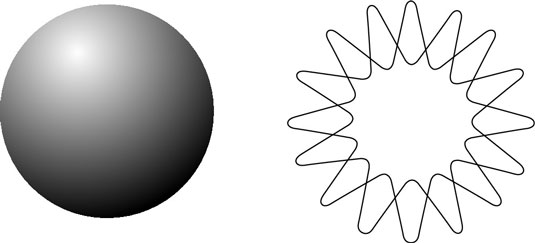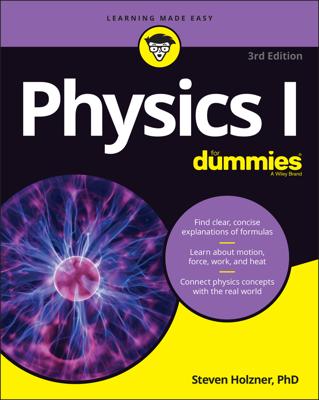The basic physical interpretation of string theory was as vibrating strings. As the strings, each representing a particle, collided with each other, the S-matrix described the result.
Consider this very informal way of looking at string theory, shown in this figure. Each particle is composed of a vibrating string. In the case of a proton, there are three quark strings. When these three strings come in contact, they bond together to form a proton.

So the proton is created by the interaction of the three quark strings touching each other. The proton is kind of a knot within the strings. Most people think of particles as solid spheres. In string theory, scientists view them as vibrating strings instead.
What are these strings like? The strings described were almost like rubber bands. There is a certain “springiness” to them. A phrase that describes them well is “filaments of energy” (as string theorist Brian Greene and others have called them).
Though most people think of particles as balls of matter, physicists have long thought of them as little bundles of waves (called wave packets), which is in line with describing them as strings.
In some other situations, physicists can treat particles as having no size whatsoever, but this is a simplification to make the math and theory more manageable. The way physicists treat particles depends a lot on the situation they’re working with.
This interpretation was put forth independently by Yoichiro Nambu, Holger Nielsen, and Leonard Susskind in 1970, earning all three men positions as founders of string theory.
According to Einstein’s work, mass was a form of energy, an insight demonstrated dramatically by the creation of the atomic bomb. Quantum theory showed physicists that matter was represented by the mathematics of wave mechanics, so even a particle had a wavelength associated with it.
In string theory, matter again takes on a new form. Particles of different types are different vibrational modes of these fundamental entities: energetic rubber bands, or strings. In essence, the more the string vibrates, the more energy (and therefore mass) it possesses.
Through all the transformations that string theory has undergone in the years since its discovery, this central concept remains (fairly) constant, although in recent years new objects in addition to strings have been introduced.
The basic physical model couldn’t have been simpler: The particles and forces in nature are really interactions between vibrating strings of energy.

